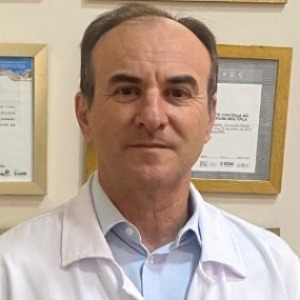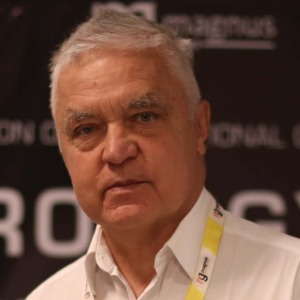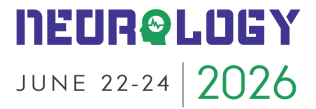Minimally Invasive Neurological Therapy
Minimally Invasive Neurological Therapy is a revolutionary approach to treating neurological disorders with minimal disruption to surrounding tissues. Unlike traditional surgical methods that require large incisions and extensive tissue manipulation, MINT utilizes advanced techniques to access and treat neurological conditions through small incisions or natural body openings, such as the nose or mouth. The primary goal of MINT is to achieve therapeutic outcomes comparable to conventional surgery while minimizing trauma, reducing postoperative pain, shortening recovery time, and lowering the risk of complications. This approach is particularly beneficial for patients with neurological conditions, including brain tumors, vascular malformations, epilepsy, movement disorders, and chronic pain syndromes. MINT procedures often involve the use of specialized tools, such as endoscopes, microscopes, and image-guided navigation systems, which enable surgeons to visualize and access targeted areas of the brain or spinal cord with precision. By utilizing these minimally invasive techniques, surgeons can perform intricate procedures while preserving healthy tissue and minimizing damage to critical structures. One example of MINT is endoscopic transsphenoidal surgery, commonly used to remove pituitary tumors. In this procedure, surgeons access the pituitary gland through the nasal passages using an endoscope, avoiding the need for a craniotomy (skull opening). This approach offers patients shorter hospital stays, faster recovery, and reduced risk of complications compared to traditional surgery. Another example is endovascular therapy, which involves accessing and treating neurological conditions through blood vessels. Using catheters and imaging technology, neurointerventionalists can deliver medications, embolization agents, or devices directly to affected areas of the brain or spinal cord, offering precise and targeted treatment for conditions such as stroke, aneurysms, and arteriovenous malformations. Overall, MINT represents a significant advancement in neurological care, offering patients safer, more effective treatment options with fewer associated risks and faster recovery times. As technology continues to evolve, the scope and applicability of minimally invasive techniques in neurology are expected to expand, further improving outcomes for patients with neurological disorders.

Ken Ware
NeuroPhysics Therapy Institute, Australia
Robert B Slocum
University of Kentucky HealthCare, United States
Yong Xiao Wang
Albany Medical College, United States
W S El Masri
Keele University, United Kingdom
Jaqueline Tuppen
COGS Club, United Kingdom
Milton Cesar Rodrigues Medeiros
Hospital Santa Casa de Arapongas, Brazil




Title : Perception and individuality in patient cases identifying the ongoing evolution of Myalgic Encephalomyelitis/Chronic Fatigue Syndrome (ME/CFS)
Ken Ware, NeuroPhysics Therapy Institute, Australia
Title : Narrative medicine: A communication therapy for the communication disorder of Functional Seizures (FS) [also known as Psychogenic Non-Epileptic Seizures (PNES)]
Robert B Slocum, University of Kentucky HealthCare, United States
Title : Personalized and Precision Medicine (PPM), as a unique healthcare model through biodesign-driven biotech and biopharma, translational applications, and neurology-related biomarketing to secure human healthcare and biosafety
Sergey Victorovich Suchkov, N.D. Zelinskii Institute for Organic Chemistry of the Russian Academy of Sciences, Russian Federation
Title : Neuro sensorium
Luiz Moutinho, University of Suffolk, United Kingdom
Title : Traumatic Spinal Cord Injuries (tSCI) - Are the radiologically based “advances” in the management of the injured spine evidence-based?
W S El Masri, Keele University, United Kingdom
Title : Scalp acupuncture with functional electrical stimulation for the treatment children with autism spectrum disorder
Zhenhuan Liu, Guangzhou University of Chinese Medicine, China